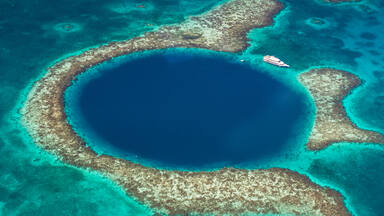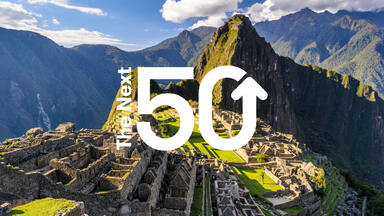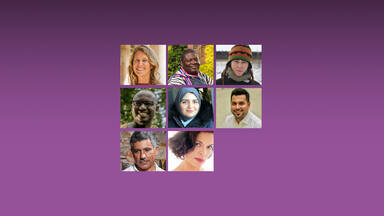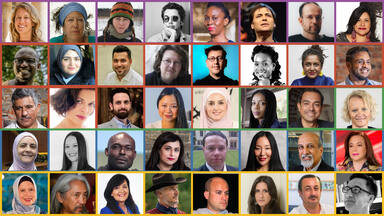Małgorzata Górska
Conservationist and environmental activist
Hans Cosmas Ngoteya
Wildlife photographer, filmmaker and conservationist
Vision for the Next 50
In the Next 50… We immediately take action to stop harmful infrastructure projects, which do not benefit society and nature. We have a law that allows us to recognize, conserve and safeguard natural heritage for its different values.
In the Next 50… We have a specific law that protects heritage sites and we train people to stand and support those legal institutions. We also use film and photography to effectively promote heritage values to many people.
Summary
Malgorzata Gorska and Hans Cosmas Ngoteya spoke about their experiences in protecting natural habitats and possible methods for natural heritage preservation. They both envision the next 50 years with specific legal institutions that can immediately respond to the climate crisis and train people to safeguard biodiversity. Malgorzata spoke about natural habitats and how they can bring about benefits to humanity, whose high value balances infrastructure development and heritage preservation. As a photographer and filmmaker, Ngoteya spoke of film and photography as effective tools to promote the values of heritage to a wider audience. He also shed light on the role of youth whose quick minds, knowledge and ideas can help solve the challenges faced by their communities and heritage sites.
Dialogue
Watch the dialogue
Explore other sessions
Five dialogue sessions covering five themes take place in 2022, each joined by thinkers in paired dialogue from diverse regions. The interdisciplinary dialogues inspire new visions for the next 50 years of World Heritage.



